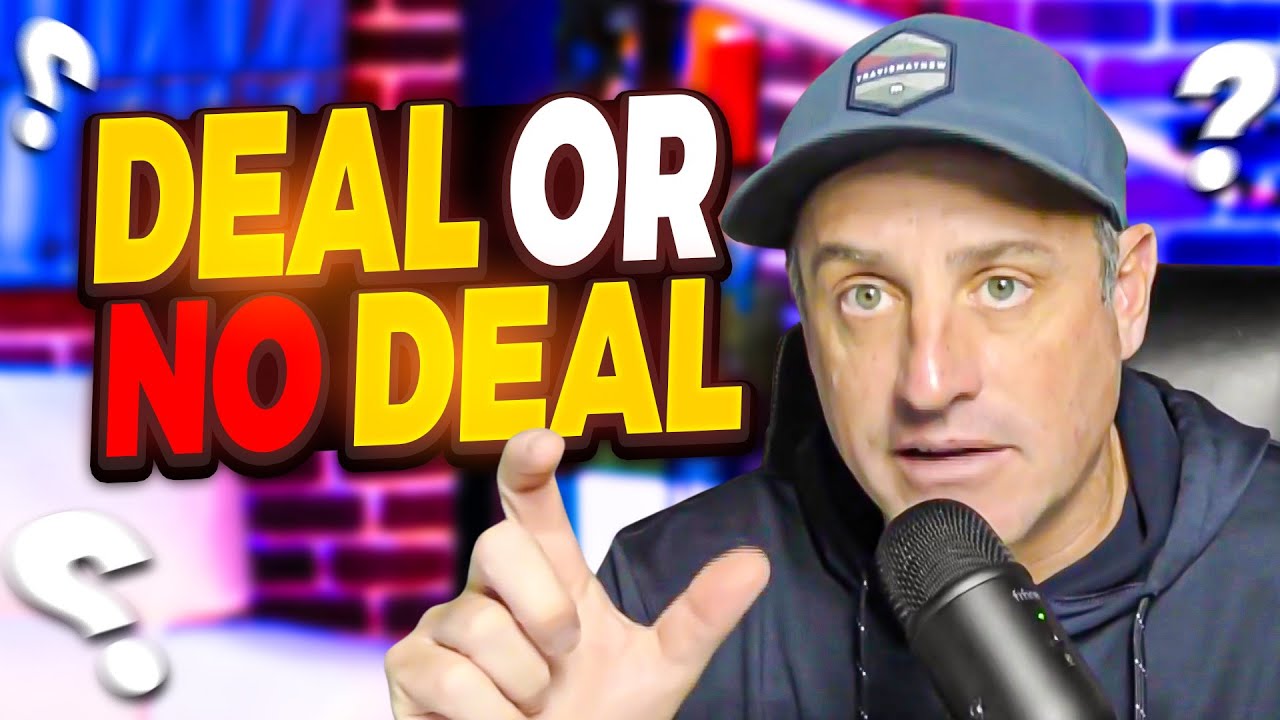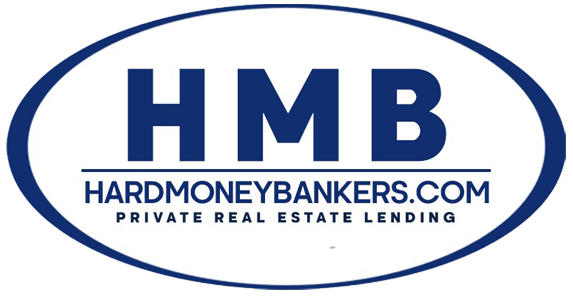Should I Buy This Real Estate Deal?
Real estate investors are always on the hunt for the next profitable flip or rental opportunity, but a critical question arises time and again:
“Should I buy this real estate deal?” To answer that, you must perform diligent analysis and ensure you have enough margin for profit. In this post, we’ll explore why the 65% Loan-to-Value (LTV) rule is so important, how to account for all project costs, and why a 20% profit target is often the sweet spot for many fix-and-flip investors.
Why 65% LTV Is Crucial for Real Estate Investors
According to Jason Balin from Hard Money Bankers, 65% LTV or below is the optimal range to buy your next real estate investment.
But what does that mean?
- LTV Definition: LTV measures the loan amount relative to the property’s after-repair value (ARV). For example, if a property’s ARV is $200,000, staying below 65% LTV means your total costs (purchase + renovation) should be at or under $130,000.
- Equity Cushion: By purchasing at 65% LTV, you build in a safety margin to cover unforeseen costs and protect your profits. Real estate investing comes with risks—like unexpected rehab expenses or market shifts. That extra cushion can differentiate between a profitable flip and a breakeven (or loss) scenario.
“As Real Estate Investors, we have to buy good deals. It’s the most important thing. You will see exactly why you have to buy
at 65% LTV or less.”
Comprehensive Cost Analysis: More Than Just Purchase and Renovation
Many new investors overlook the true costs involved in flipping. It’s not just the purchase price and renovation expenses; you also need to factor in:
- Financing Costs
- Interest (especially if you’re using a hard money loan)
- Points (a fee charged by many lenders, typically a percentage of the loan amount)
- Appraisal and Underwriting Fees
- Closing Costs
- Transfer Taxes
- Recording Fees
- Title Insurance
- Holding Costs
- Utilities (electricity, water, etc.)
- Property Taxes (if you hold the property longer than expected)
- Loan Interest (if you’re borrowing money)
- Resale Costs
- Realtor Fees (commissions to list and sell the property)
- Selling Costs (marketing, staging, etc.)
- Seller Credits (if you offer concessions to the buyer)
Remember, every dime spent on these categories cuts into your bottom line. While it’s easy to focus on the renovation budget, these additional costs are guaranteed and can add up quickly.
The 20% Profit Target
A widely accepted goal for many fix-and-flip real estate investors is to aim for a 20% profit on your “hard costs”—which usually include the purchase price and renovation expenses. Here’s why:
- Profit vs. Risk: Flipping properties entails risks such as cost overruns, market downturns, or extended holding periods. A 20% profit margin helps justify those risks and provides a sufficient return for the time, effort, and capital invested.
- Opportunity Cost: Whether you’re using cash or financing, your capital could be used in other ventures. Thus, your return on investment (ROI) must be attractive enough to make the deal worthwhile.
- Market Fluctuations: Even if market conditions shift during your project, having a 20% cushion increases your odds of walking away with a profit—or at least breaking even if something unexpected occurs.
“Typically, the rule of thumb for Real Estate Investors is they want to make 20% of their costs,” Balin says,
“that’s what they want to profit—20% of their costs in profit.”
Example Deal: Crunching the Numbers
Consider a property you purchase for $100,000 that needs $30,000 in renovations. After those renovations, you believe the home could sell for $200,000. Here’s how this might break down:
- Purchase + Renovation: $130,000
- Potential Sale Price (ARV): $200,000
- Total Projected Profit: $70,000 (if everything goes perfectly)
But remember, you still have to subtract the following:
- Financing Fees: Interest + points
- Closing Costs: Transfer taxes, recording fees, title insurance
- Holding Costs: Utilities, property taxes, ongoing loan interest
- Resale Costs: Realtor commission, marketing, seller concessions
These costs can easily total $20,000–$30,000 (or more, depending on your market). When the dust settles, your net profit might be closer to $40,000–$50,000—which is still a solid 20–25% margin on your original $130,000 investment.
The Importance of Finding Good Deals
Even if you’re a seasoned contractor or a meticulous project manager, the most critical step in real estate investing is buying the deal at the right price.
“The best Real Estate Investors typically are the best marketers who find the best deals,” says Balin. “Having a good deal solves a lot of problems.”
A property bought at 65% LTV or lower provides more flexibility to handle unexpected rehab costs or shifts in the market. When you secure the property at a discount, you’re essentially pre-loading profit into the deal before you even swing a hammer.
Market Conditions: The Challenge of Low Inventory
It’s no secret that many markets—especially in places like Maryland, Washington DC, Delaware, Virginia, Pennsylvania, New Jersey, and North Carolina—have faced low inventory and favorable interest rates for some time. This environment can make it harder to find deals that meet the 65% LTV rule.
“In a real estate market that has very low inventory… it’s hard to get good opportunities.”
However, this doesn’t mean deals aren’t out there—it just means you need to be persistent. Networking with wholesalers, real estate agents, and local hard money lenders (like Hard Money Bankers) can help you tap into off-market properties or distressed listings.
Risk Assessment and Cash Considerations
Before you commit to a six-month flip, ask yourself: “Is this worth my time, effort, and personal guarantee?” Even if you use cash rather than borrowing, tying up significant capital in one flip could be an opportunity cost if a better deal comes along.
- Cost Overruns: Renovations almost always cost more and take longer than planned.
- Market Shifts: Even slight interest-rate hikes or changes in buyer sentiment can affect your resale price.
- Personal Stress: A successful flip requires active management of contractors, finances, and timelines.
By sticking to the 65% LTV rule and targeting a 20% profit, you set yourself up for long-term success in real estate investing.
Key Takeaways
- Embrace the 65% LTV Rule: This ensures you have enough equity and profit built into the deal.
- Calculate All Costs: Don’t forget about financing, closing, holding, and resale costs when evaluating potential profit.
- Aim for a 20% Profit: This margin protects you from risk and justifies the opportunity cost of your capital.
- Find Great Deals: Strong marketing and networking skills are essential. Remember, a good purchase price solves many potential problems.
- Assess the Market and Your Risk: Low inventory and rising interest rates can make deals harder to come by, but a disciplined approach still wins.
How Hard Money Bankers Can Help
At Hard Money Bankers, we specialize in short-term financing for real estate projects in Maryland, Washington DC, Delaware, Virginia, Pennsylvania, New Jersey, and North Carolina. When you find a deal that meets the 65% LTV rule—or you just need fast, reliable funding—our team is ready to help you close quickly and efficiently.
- Local Expertise: We understand your market, from property values to rehab costs.
- Quick Closings: Seize opportunities fast without the delays of traditional bank financing.
- Flexible Loan Structures: Tailored solutions that fit your specific project needs.
Ready to Buy That Next Real Estate Deal?
If you’re asking yourself, “Should I buy this real estate deal?”, remember to stick to the 65% LTV guideline, thoroughly calculate all costs, and aim for a 20% profit margin. With discipline and due diligence, you’ll greatly increase your odds of success—no matter how challenging the market.
Contact Hard Money Bankers today to discuss your upcoming real estate projects and discover how our local, short-term financing options can help turn a good deal into a great investment.


